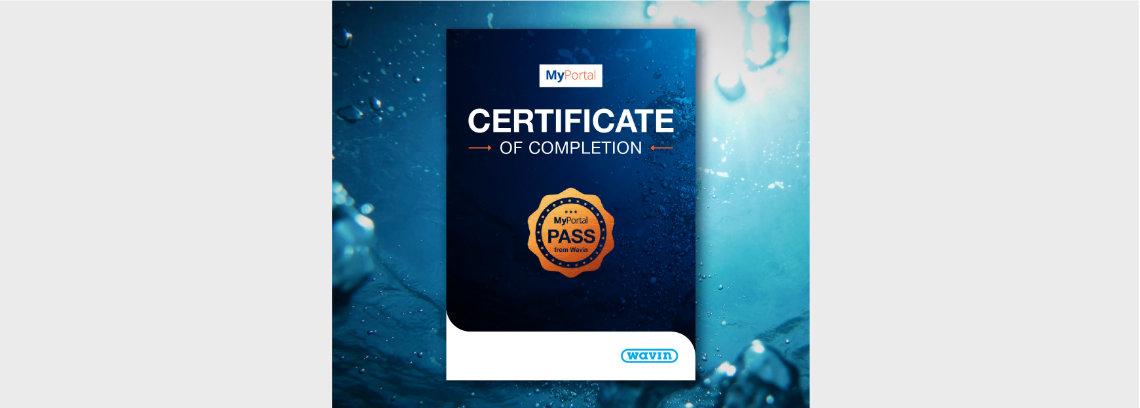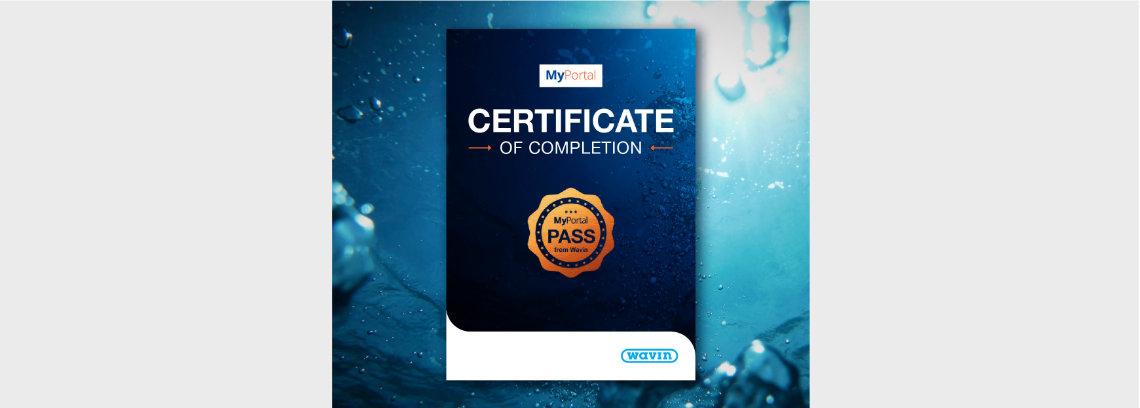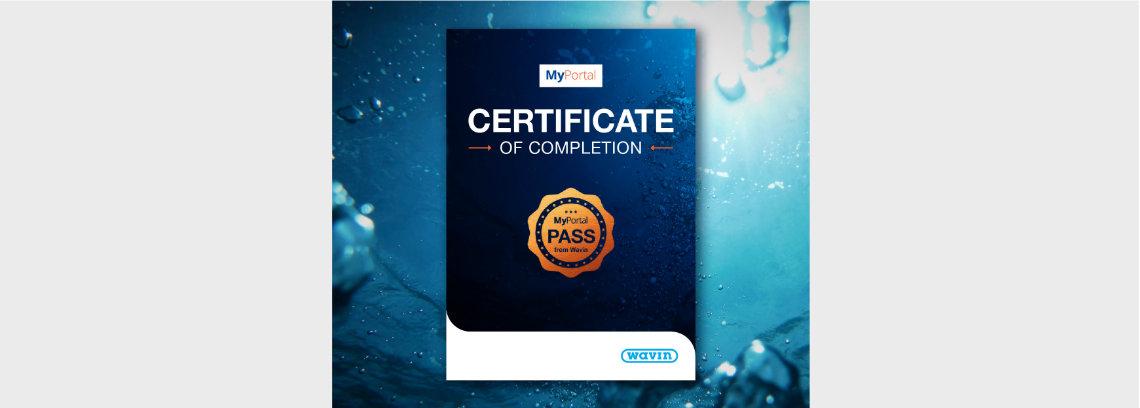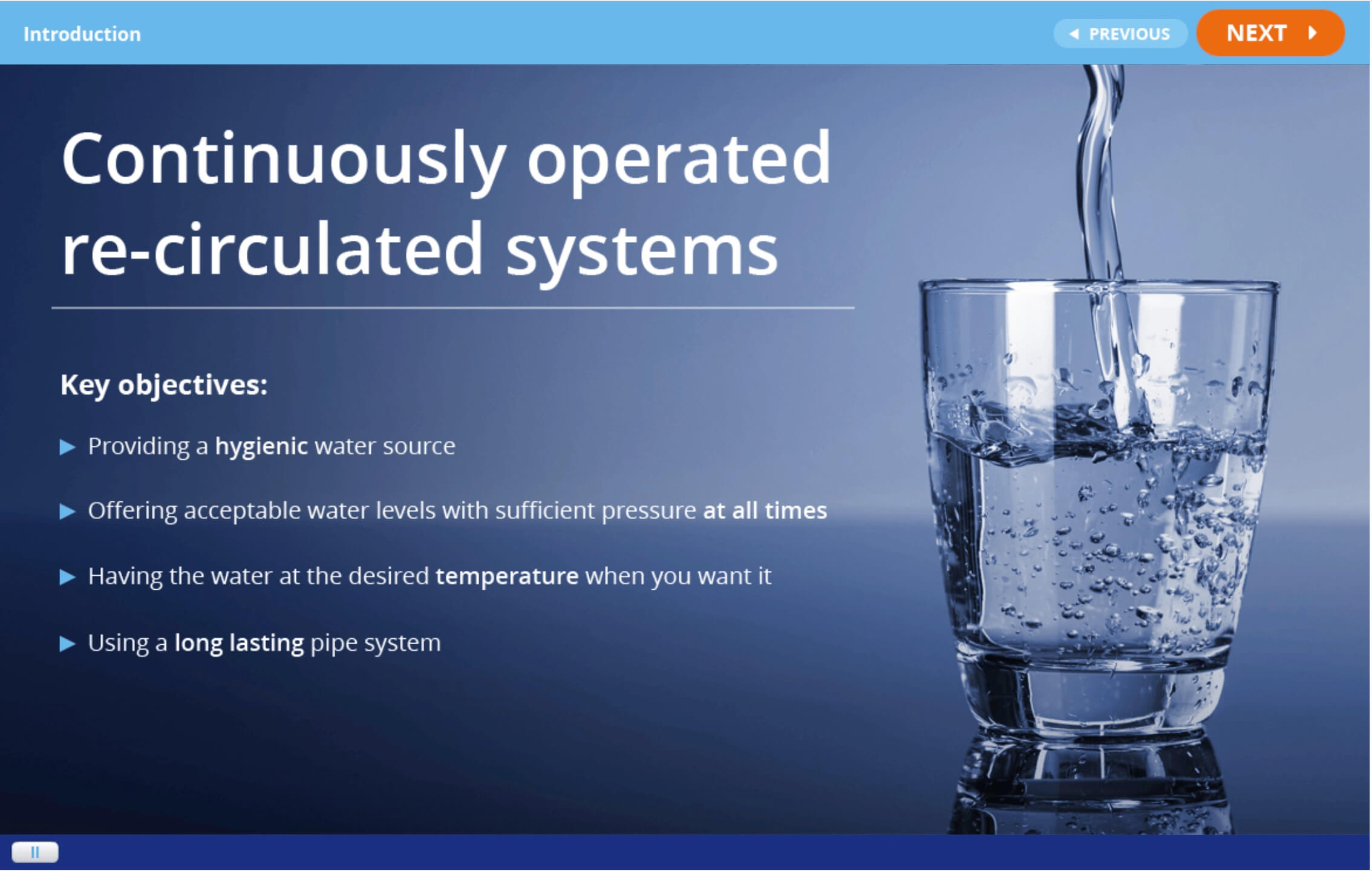Written by Wavin experts, our range of CPD courses offer training on issues such as the adoption of Inspection Chambers and the need for SuDS.
Managing noise in a soil and waste project
| 15 Minutes |

Preview
Managing noise in a soil and waste project
Introduction
This short CPD course looks at the issue of noise generated from soil and waste installations, looking at its causes, its effects and how it can be controlled and reduced through considered design and the correct product specification.
Chapters
Chapter 1
Chapter one introduces the topic of noise and its impacts.
Chapter 2
Chapter two covers the causes and accepted levels of noise, and the difference between airborne and structure borne sound.
Chapter 3
Chapter three deals with the common design challenges faced by designers and specifiers.
Chapter 4
And finally, chapter four explains why Wavin’s acoustic soil and waste systems have become, worldwide, the most installed low noise plastic system.
At the end of the course, you’ll find a short questionnaire to check your learning and complete your certificate.
Designing geocellular structures as part of a SuDs scheme
| 31 Minutes |

Preview
Designing geocellular structures as part of a SuDs scheme
Introduction
This concise e-learning module will provide with you the latest information on sustainable drainage systems (SuDS) in the current landscape. It will give you a greater understanding of when and how to incorporate geocellular structures into your SUDS designs, taking into account current guidance and industry best practice.
Chapters
Chapter 1
In this first chapter we will set the scene for the chapters to follow, we will revisit what SuDS are and, through their design, what engineers are seeking to achieve. We will also look at some examples of the design theory in practice.
Chapter 2
Next, we will look at a timeline from 2007 to the present day, tracking the history of SuDS implementation into the regulatory and planning framework. This will finish with more detail around the new Design Construction Guidance that came into force in England on 1st April 2020 as well as Schedule 3 in Wales.
Chapter 3
This chapter will look at the role of Geocellular structures in SUDS. Being lightweight and flexible in design and construction, and with high storage capabilities, they offer several advantages over ‘traditional’ heavy civils constructions.
Chapter 4
Chapter four covers some of the key considerations when designing Geocellular structures including any issues you may face. The current best practice guide for designing geocell tanks is CIRIA Guide C737.
Once you have completed the course you can take a short test, once passed this will then produce a certificate for you to download for your own files.
Design & Construction Guidance for foul & surface water sewers
| 15 |

Preview
Design and Construction Guidance for foul and surface water sewers
Introduction
Complete our new e-learning module to get up to date with key changes in the latest mandatory Design and Construction Guidance (DCG) for adoptable foul and surface water sewers that came into effect in April 2020. This guidance is for use by developers when planning, designing and constructing foul and surface water drainage systems intended for adoption under a section 104 agreement.
This training module will get you up to date with key changes in the latest mandatory Design and Construction Guidance (DCG) for adoptable foul and surface water sewers that came into effect in April 2020. This guidance is for use by developers when planning, designing and constructing foul and surface water drainage systems intended for adoption under a section 104 agreement.
Chapters:
Chapter 1 - pipes
This chapter will cover how the new Design and Construction Guidance applies to pipes and their use as part of foul and surface water drainage systems intended for adoption under a section 104 agreement.
Chapter 2 – Inspection chambers
There are also some changes affecting inspection chambers which are highlighted in this chapter. These changes regarding specification are small but important.
Chapter 3 – surface water
The changes to surface water are some of the most significant changes in the new code. Chapter 3 explains what these changes are and their implications for adoption of surface water components by WASCs.
Chapter 4 – Geo cellular tanks
As part of the new code geo-cellular tanks are now included as adoptable assets. This chapter discusses the key requirements and the six criteria that a developer will need to comply with in order for it to be adopted by the water company.
Chapter 5 – links
In this chapter you will find some useful links to find further information on the new code.
Assessment
Complete the assessment to check your understanding of the content covered in this module
Q-Bic Plus in adoptable applications
| 13:30 |

Preview
Q-Bic Plus in adoptable applications
Introduction
This informative e-learning module will introduce Wavin’s Q-Bic Plus attenuation tank and outline its benefits for use in adoptable applications. It will also explain how it is compliant with Ofwat's Design and Construction Guidance and offers class-leading access for inspection and maintenance.
Chapters
Chapter 1
We will start by giving you an introduction to Q-Bic Plus and some broad guidance notes to tick off when designing geocellular tanks.
Chapter 2
Next we will go into more details about Q-Bic Plus and specifically the benefits delivered by its modular design
Chapter 3
Seeing is believing, so we’ve created a short video demonstration which shows a side-by-side comparison of how fast Q-Bic Plus is to install versus standard Geocellular crates. Specifically, take note of the built-in hand grips, the non-handed design, ensuring each unit is always correctly orientated
Chapter 4
We will then look at inspectability of a geocellular tank, and with the most open tank design on the market, Q-Bic Plus enables simple and effective maintenance, ensuring optimal tank capacity and performance throughout its lifetime
Chapter 5
In this chapter we will look at accessibility and how the access points of a Q-Bic Plus tank are fully configurable. Wavin is the only supplier able to offer brand leading options in both clay and plastic adoptable drainage pipe systems, so designers can select the optimum solution for the ground conditions of each project.
Once you have completed this course there will be a short questionnaire to test your understanding. Upon completion of this you will be able to download a certificate for your own records.
Tigris K1
| 30 minutes |

Preview

Tigris K1
Introduction
This beginner level course will provide installers with an understanding of how to install a continuously operated re-circulated system including minimising the risk of Legionnaires disease, optimising the performance of the system and the key benefits of the Tigris K1 system.
Chapters:
Chapter 1 - Introduction to the Installation of a continuously operated re-circulated system
This chapter explains the lifetime of the piping system and how it can be installed in a way that minimises the risk of legionnaires disease, a severe form of pneumonia caused by Legionellla bacteria that can live in water.
Chapter 2 - Benefits of a continuously operated re-circulated system
This discussed how you can ensure the quality of drinking water and the impacts of disinfection on a system.
Chapter 3 - Wavin Lifetime assessment tool
The Wavin Lifetime assessment tool is a handy online resource that can be used to determine the potential lifetime of a proposed piping system, considering a range of expected operating conditions. This chapter explains how the tool works and how it can be used with examples of how changing temperature and chlorine effect the performance of the Tigris K1 system.
Chapter 4 – Wavin Tigris K1
Wavin’s Tigris K1 system is a multilayer, press-fit system for potable water, sanitary and heating applications in high rise residential, healthcare and large scale industrial and commercial builds. This chapter discusses the key advantages of this system and highlights its components and key features.
Chapter 5 - Wavin support
Wavin offers a range of support including specification support, technical support and online support. This chapter highlights how to assess all of this support.
Tigris K1 – assessment
This training courses finishes with a short assessment which allows you to check your understanding of the training material.

Inspection Chambers
Introduction
This course provides an overview of Inspection Chambers, including:
- Where Inspection Chambers should be used
- Building Regulations' guidance on non-adoptable drainage installations
- How Sewers for Adoption (SfA7) impacts installation